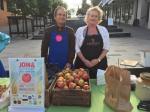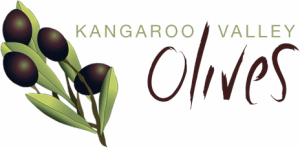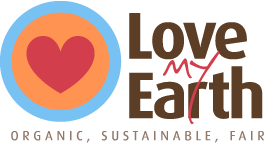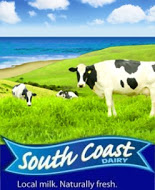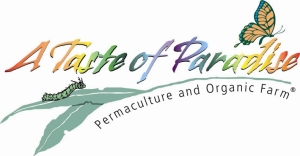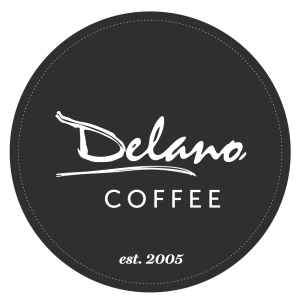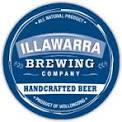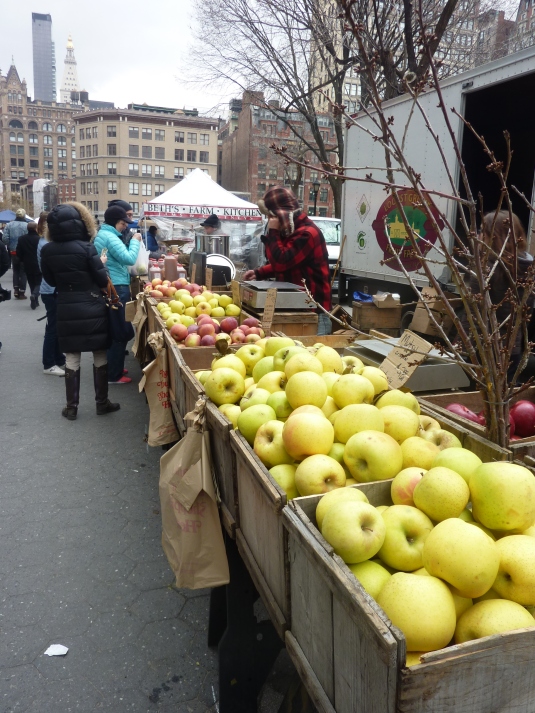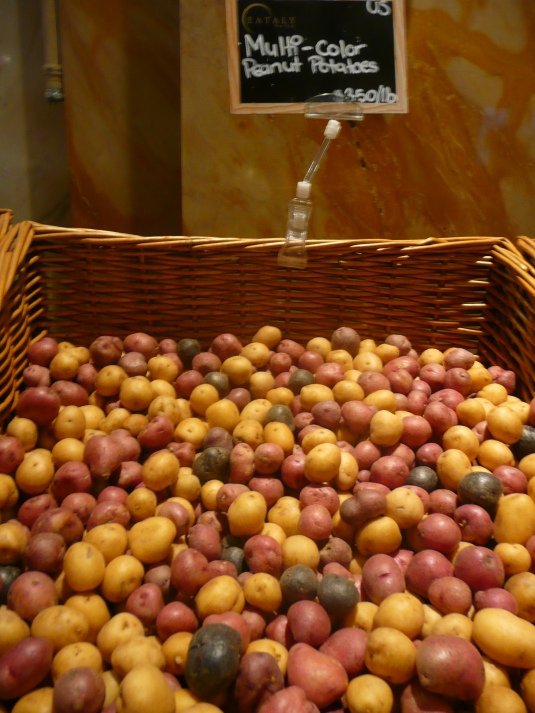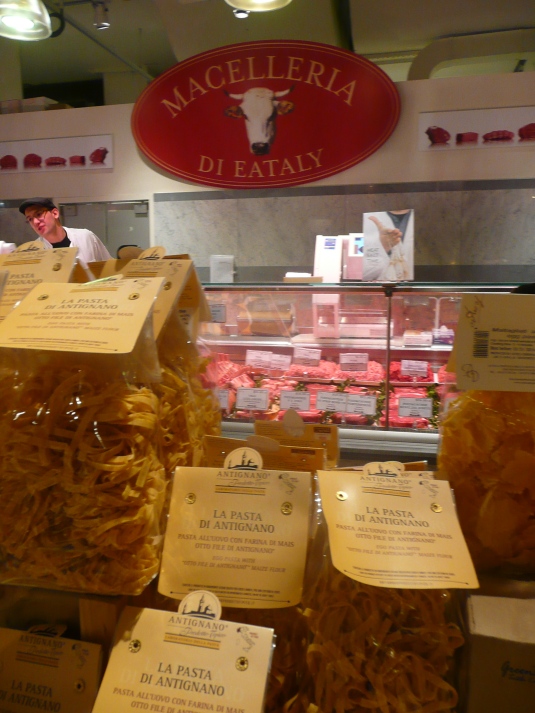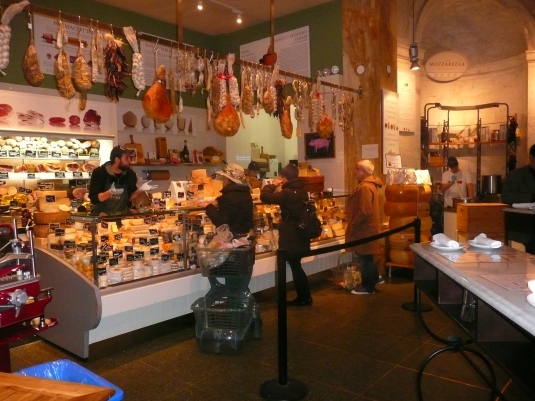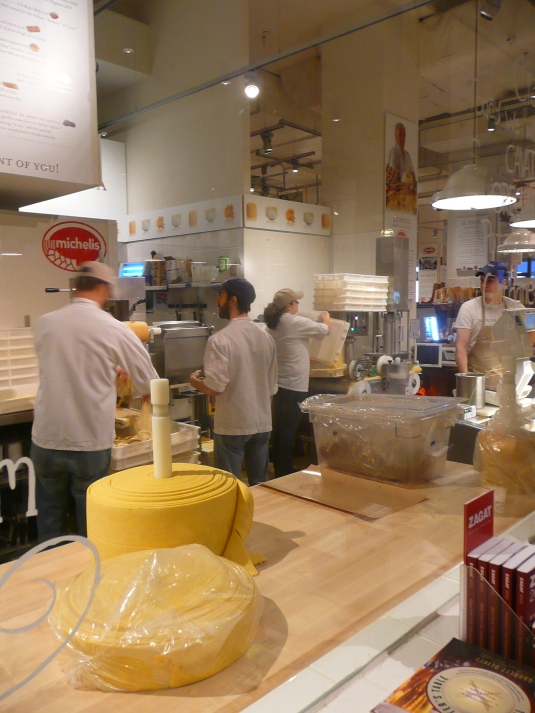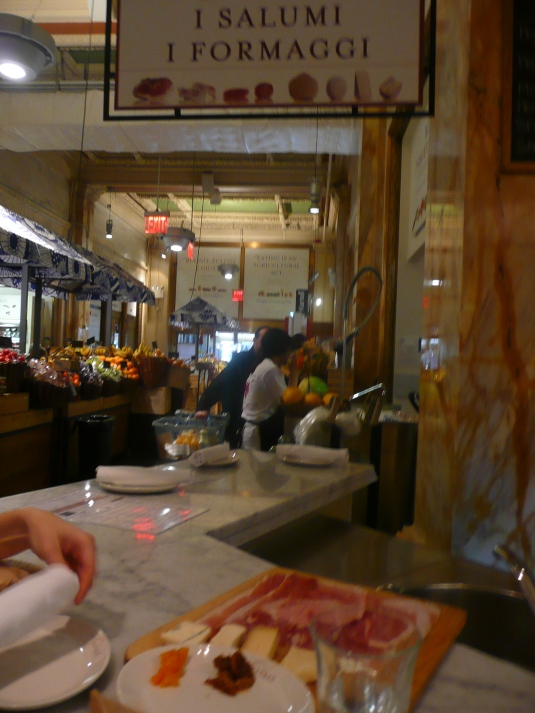Whilst undertaking the Pigeonhouse150 end of month accounts (please keep reading it gets more exciting!) I noticed the growing list of producers who we have been in partnership with – now up to 40 – but there are only 8 that are still on my regular list of pick ups.
This got me thinking about the key characteristics of the producers who are on track to growth and the growing pains that have kept others in small producer sick bay.
5 Keys to Reducing Growth Pain
1. Money
It’s a fairly obvious one – but many producers are still dreaming that they can expand using only operational cash flow. With most producers not even getting a wage in the first 2 years finding funds for investing in staff, production capacity and marketing out of sales revenue is pretty much impossible.
Of course there are alternatives – angel investors, government grants, crowd funding – but none of my suppliers has taken this course. What I have seen work is spinning off from an existing successful business and using the funds/resources from this to subsidise the new venture. In particular Ravenous Food Company has used their highly successful Ravensthorpe Restaurant/Functions Venue to provide kitchen and staffing resources through the difficult first years. Cleverly they also use the Ravenous brand to promote Ravensthorpe – handing out flyers at farmers markets and using QR codes on the product to link to http://www.ravensthorpe.com.au/ – which by the way if you are in the wedding planning process you won’t beat!
2. Focus
The suggested remedy for the money problem (cross business subsidising) unfortunately presents a problem when it comes to stage 2 in the growth journey. I’ve seen this with a few suppliers who are trying to manage 2 income streams – an existing successful business and a new business still trying to find it’s way. To be honest I’ve faced this same struggle – balancing an established corporate catering business http://www.wickedfoods.com and Pigeonhouse150.
My more advanced suppliers have taken the next leap – by either selling the old business or hiring capable management to run one or even both businesses. This allows the producer to focus on the area of the business where they can have maximum impact. From my experience this is as a “brand ambassador” – nothing is more impressive than the products original creator getting out and meeting their customers, being a player in the industry eg. David Lowe from Lowe Wines.
3. Realistic Short and Medium Term Goals
Initially the starry eyes of the artisan producer were appealing and mesmerising to a new distributor. A few years on and yes, I’ve become a little cynical. Growth won’t be in a straight line, if it’s less than 10% p.a. it will be painful, if it’s more than 20% p.a. it will be painful.
Aim for 20% growth but have a plan for no growth too – it happens – big customers come and big customers go. Don’t aim above 20% unless you have everything else ticked off (especially the money).
You actually need 6 realistic plans with detailed P&L and Cashflow analysis.
- Short Term (I suggest 6 months) Bad, Ok and Good
- Medium Term (1-2 years) Bad, Ok and Good
If you can’t explain where the cash will be coming from in Month 15 on the Bad Plan then you have a serious problem. A good distributor will be asking you for these plans – you don’t need to hand them over but it sure helps if we are dancing to the same beat.
4. People Skills
Be honest, be really honest – is one of the reasons you like being a small producer (with no boss and no staff) because you’d rather be with your pickles than with people? Like any critical skill in business if you aren’t strong in an area you will need to find someone who is. Vested Interest Alert…. Get a distributor who knows how to handle customers – you only have to pay them when they make a sale and maintaining a good strong relationship with one distributor is so much easier than dealing with 30 small customers – many of whom have the same people skill deficiency as you.
If you treat your customers like they owe you something they will repay you by finding a similar product elsewhere eventually – so leave the people skills to the people who love people.
5. Partners
You are probably going to need a few different partners who at least understand your dream, even if they don’t fully agree with it.
Your life partner – critical that you share the expectation realistically. Even more important share the small successes with them. They will hear all about your bad days – that’s human nature – but make sure you balance this with every happy moment. Make sure you also dedicate some resources to relationship growth too – small business can easily dominate a life.
Your business partner (may be the same as your life partner -if so I am in awe of you!). Hopefully your business partner will bring some skills to the business that you don’t have, and also be appreciative of the special skills you bring to the business.
Your trading partners- your suppliers, your customers – they are all partners in your growth. The more they understand your dream and your plan the better. It amazes me how happy a producer is to go through all the pain of a farmers market (think packing up your car, setting up stall, getting rained on, packing away etc) yet to get them to come and talk to a retail customer is like pulling teeth. Incidentally the retail customer is spending more than every customer at the farmers market – and a conversation with them will almost always mean they will try harder to move your products.
This list is by no means exhaustive – unlike being a small producer – which is always exhaustive.
For further information about how to grow your artisan food business keep reading this blog – which I hope is helpful.
Existing producers comments are very welcome – as are those of consumers, retailers – anyone with a genuine interest in small scale food production (unless you are a spammer of course).
Justin “Pidge”




